Getting it Wrong for Over 40 Years
It is winter here where I live, and that means snow and ice and all kinds of fun things. It also means that snow and ice need to be cleared from roads and from sidewalks if people are to get around. Both of these tasks are performed by the City in London, although the city contracts with private companies to do some of the road clearing. That is, there are trucks with plows on the front that clear the streets and have City of London printed on the doors, but there is also a variety of other equipment that one sees doing this, and it is not labelled as being City equipment.
Both activities are done very badly in London, but for different reasons. I will cover them in turn here.
Road Plowing
To be fair, London is good at many of the dimensions of road clearing. We are located such that winter snow squalls off Lake Huron are a regular event, and they can bring a lot of snow and bring it pretty quickly without much warning. The crews typically get out in good time, and they keep at least the main roads clear most of the time.
The problem is what happens once the snow has ended and the roads have been cleared. For reasons I cannot fathom, the plows continue to come, doing no good and a fair bit of harm. I live next to a street that runs through the length of my neighborhood, called High Street. Just one lane of traffic going each way, and some parked cars, so not a thoroughfare, but busses do run on it, so it is high priority for snow clearing.
Here is how it goes. We get a snow on Monday, the plows are out clearing High street that day as soon as the snow stops, or even before it does if rush hour happens. Within a few hours the snow has been plowed and sand and salt put down on High, so that it is quite passable and no more slippery than a damp surface is. Of course we homeowners will have gone out and cleared our driveways at the same time, and that includes clearing away the heavy, icy plow-dung left at the end of our driveways by the City plows. It is the hardest part of shoveling, but there isn’t much for it but to go out and hack away at it so one can get out of the driveway.
But here’s the thing. On Tuesday, even with no more snow having fallen, here come the plows again. What are they doing? Well, they are re-plowing the edges of High Street, once again pushing heavy, icy boulders onto everyone’s driveways, which must be again removed by hand – good luck using a snowblower on that stuff.
Why? The road is clear, people have been driving on it for a day. I have even seen the plows come back a third time, requiring a third plow-dung removal. Is this to make sure the plow-drivers get enough hours in? Do the City’s contracts with the private plowers specify that they have to do this? It is often equipment that is not City-branded that I see doing this.
Sidewalk Plowing
And plowing is what it is. The City uses little mini-plows to run up and down the sidewalks in London to clear them of snow. Except that this technology does not work. First, it does not actually clear the snow off the sidewalks, I suspect because the mini-plows are not heavy enough to actually get under the snow and lift it all off. So, what one gets instead is a layer of left-behind snow on the sidewalks that has been polished down to a hard, icy surface. This then turns to lumpy ice.
Below is a photo I took of the result of this operation on the sidewalk that runs along my property. This photo was taken two days after the snow stopped falling. In the centre you can see the lumpy ice that covers the sidewalk, and on the left, between my wooden fence and the ice, is what is left of the sod on my lawn after the mini-plow got done tearing it up. (The grass on the right gets torn up some, too, of less concern to me because that is a City boulevard. Although I get to cut the grass all summer.) The plow-drivers are not particularly concerned with what they do to your property with their machines, so this picture could be repeated along a thousand different yards in any neighbourhood. It will be up to me to repair said sod come the Spring.
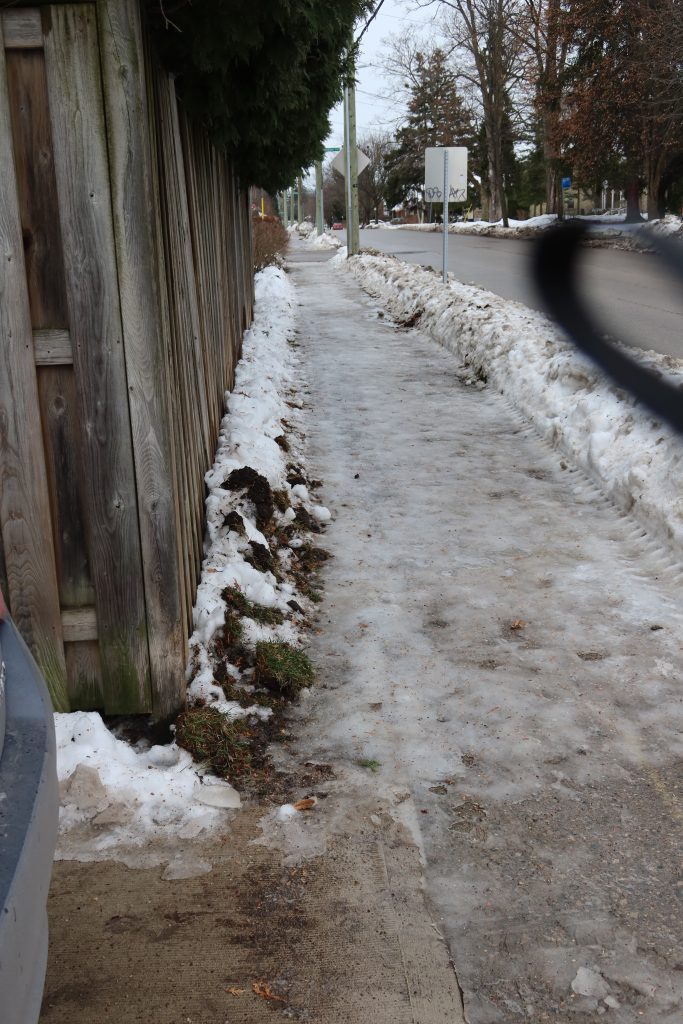
So far as I can tell, this idea that the City is responsible for clearing all the City’s sidewalks is all but unique to London. I have certainly never lived anywhere else where it was the case, and there are recurring letters to the Freeps saying that other cities in Canada hold property-owners responsible for keeping the sidewalks adjacent to their properties clear of snow.
This City-sidewalk-plowing regime has been in place for the 45 years I have lived here, and when I have suggested that perhaps having property owners be responsible would be preferable, the typical response is something like ‘but what about all the little old ladies in London?’
Well, a common sight in winter in London is little old ladies tottering along on the road, because one look at the lumpy ice left behind by our City sidewalk plowers will tell you that walking on that is a recipe for disaster. The roads are typically clear of ice within hours – better to take your chances with unobservant drivers than to try walking on lumpy, wet ice, especially if you are of a certain age.
When I was a kid, living in the same climate as in London, us young folks were instructed by our parents to make sure the little old ladies of the neighbourhood had clear sidewalks and walkways. It was what neighbours did for each other.
I should add that in advocating for this change, I am working against my own self-interest. That picture above shows a good 100 feet of sidewalk that I would become responsible for clearing of snow were my private-responsibility proposal to be adopted. At my age, that is a lotta snow to shovel, but you know what – I would find someone to do it for a price, I betcha, if I did not want to do it myself. Or, I would invest in a snow-blower. Never owned one, but they look like fun. And, they clear the snow right down to the concrete; plenty of my neighbours have them.
I have to wonder why this persists in London, particularly if it is true that this City-responsibility regime exists almost nowhere else, including elsewhere in Canada.
It has always seemed to me that Canadians are simply much keener to have their governments be responsible for things than are Americans. Witness health-care, the much lower levels of philanthropy in Canada than in the US, and the fact that private non-profit universities do not exist in Canada.
However, if other Canadian cities do make property-owners responsible for sidewalk-clearing, then that is hardly a good explanation of this utterly useless sidewalk-clearing regime in London.
I suspect that this approach was adopted in London back in the dim mists of history, for reasons as seemingly meritorious as that of saving little old ladies from having to shovel. What I think is important at this point is that the ‘ratchet effect’ is operating, which means that no matter how it got started, and how badly it works in practice, London can never switch to a private-responsibility regime. There are two primary reasons for that.
First, those sidewalk-plowers are undoubtedly unionized, so good luck ending their jobs.
Second, here in the 21st century, it would be easy as pie to find an academic who could ‘show’ that the private-responsibility regime would have a disparate impact on the marginalized. That would be the end of the matter right there.






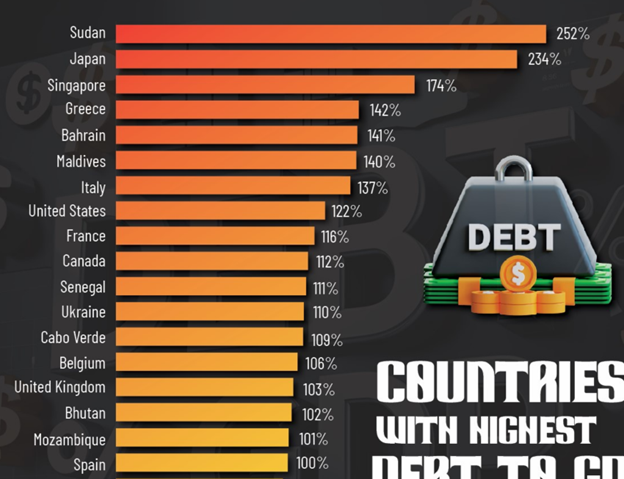

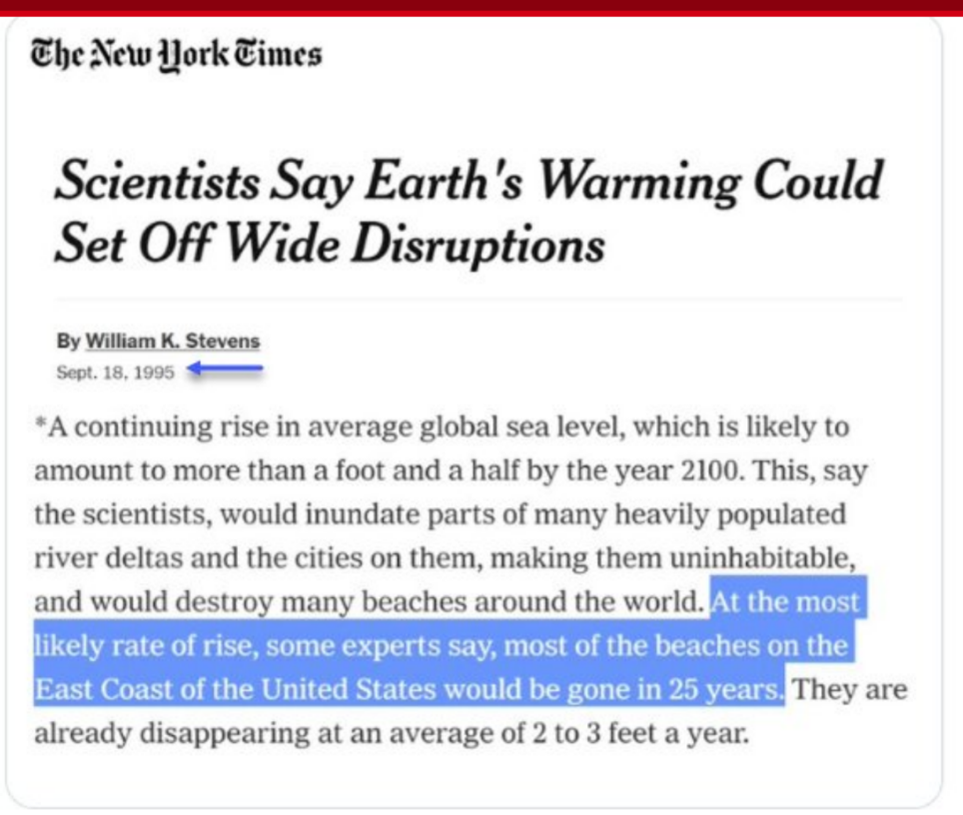

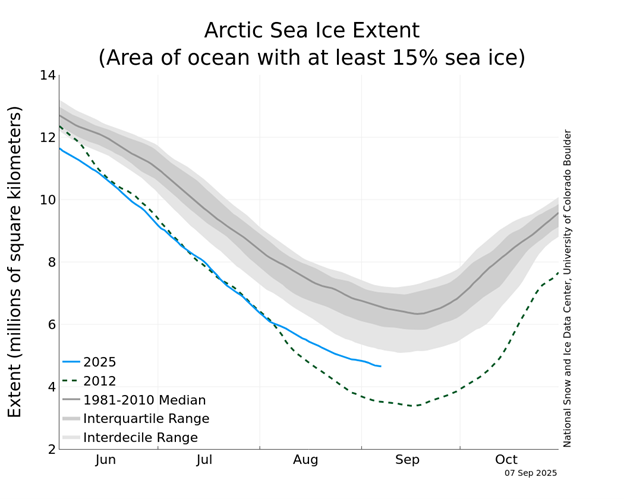

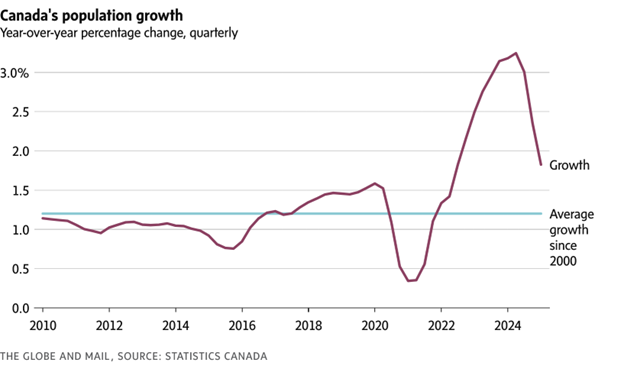
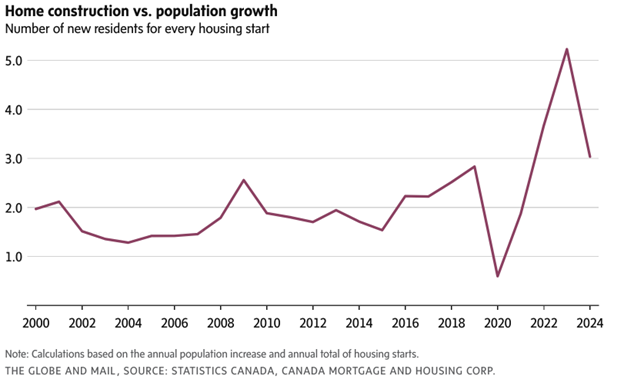
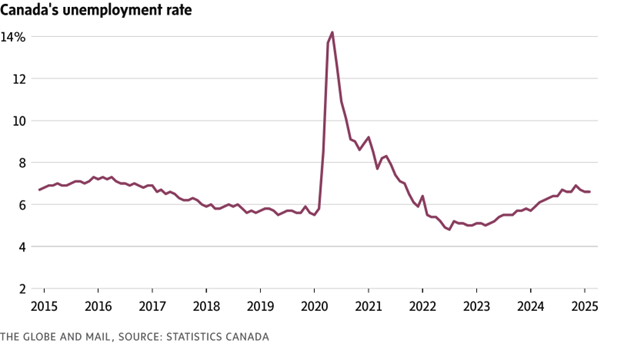
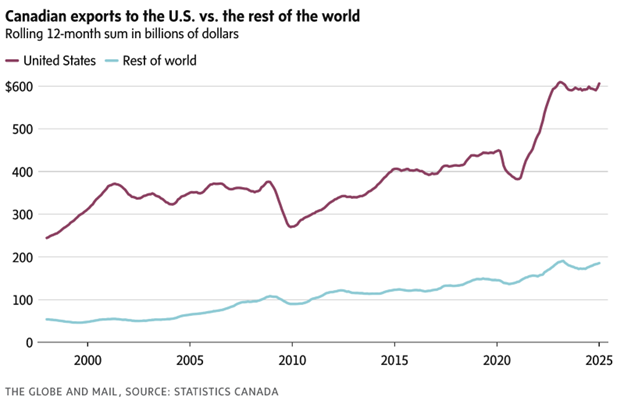
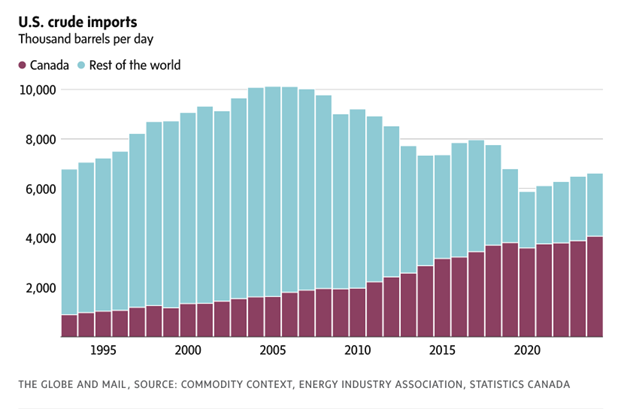



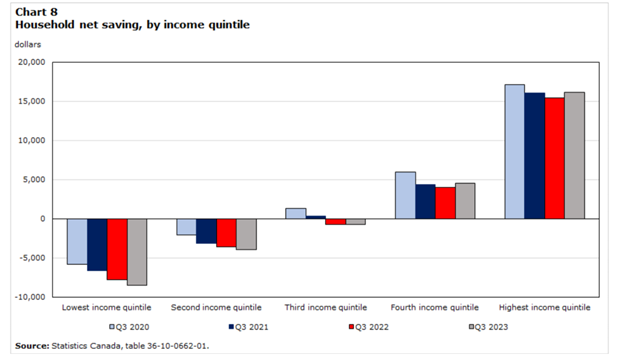
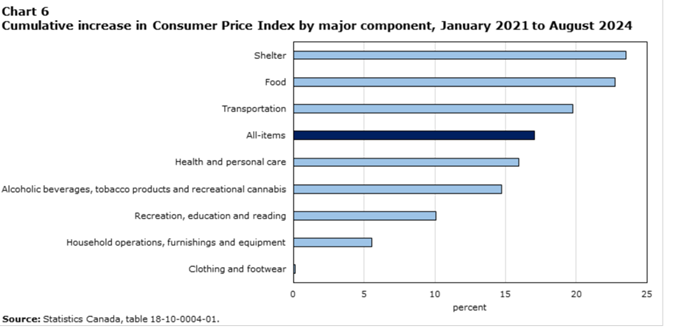
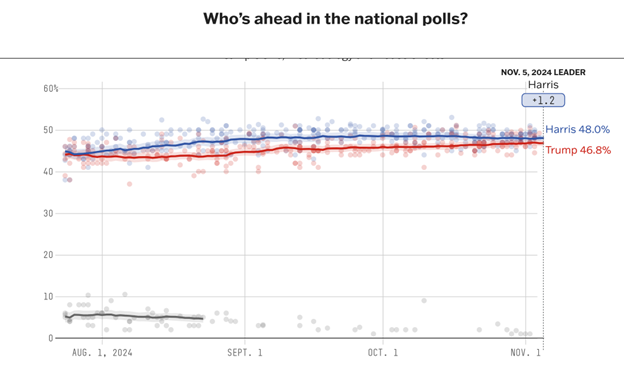
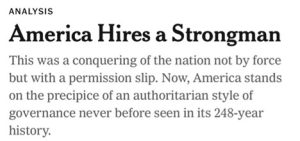
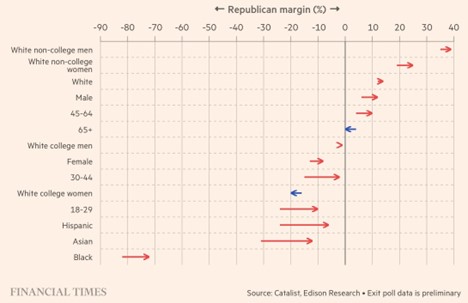

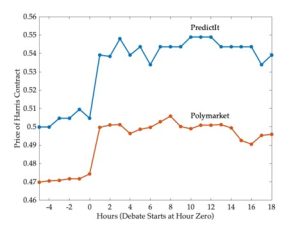


 It is not at all fashionable in most Western countries these days to worry about government deficits. Government borrowing is thought to be a perfectly sensible means of providing important government programs that do good things for people. However, the above figures point out that there is one eventual consequence of this policy. Continuing deficits add to the total amount of government bonds outstanding, bonds which must be redeemed or rolled over down the road and the interest on them paid out, also using government funds. Thus, ‘servicing the public debt’ becomes a larger and larger line item in total government spending, until, as noted, one must raise increasing amounts of revenue (or further increase borrowing) in order to pay off the previous borrowing. Eventually the spending on servicing that debt can become the tail that wags the dog of government spending. It necessarily makes it harder to spend on other government programs.
It is not at all fashionable in most Western countries these days to worry about government deficits. Government borrowing is thought to be a perfectly sensible means of providing important government programs that do good things for people. However, the above figures point out that there is one eventual consequence of this policy. Continuing deficits add to the total amount of government bonds outstanding, bonds which must be redeemed or rolled over down the road and the interest on them paid out, also using government funds. Thus, ‘servicing the public debt’ becomes a larger and larger line item in total government spending, until, as noted, one must raise increasing amounts of revenue (or further increase borrowing) in order to pay off the previous borrowing. Eventually the spending on servicing that debt can become the tail that wags the dog of government spending. It necessarily makes it harder to spend on other government programs.